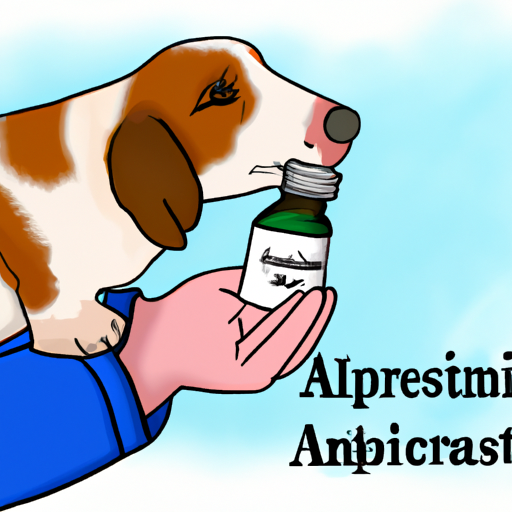Understanding Skin Infections in Dogs
Skin infections in dogs can be a common yet distressing issue. As a caregiver, it’s essential to be aware of the signs and symptoms. These can range from redness, swelling, itchiness, sores, and pus-filled blisters. You may also notice changes in your dog’s behavior, such as increased scratching or licking of the affected area.
The Role of Antibiotics
Antibiotics are a common treatment for skin infections in dogs. These medications work by killing or inhibiting the growth of bacteria causing the infection. It’s important to remember that antibiotics should only be used under the supervision of a veterinarian and according to their prescribed dosage. Overuse or misuse of antibiotics can lead to antibiotic resistance, making infections more difficult to treat.
Top Antibiotics for Canine Skin Infections
There are several antibiotics that are commonly prescribed for skin infections in dogs. Your veterinarian will choose the best one based on the type and severity of the infection, your dog’s overall health, and any potential drug interactions. Here are a few commonly used antibiotics:
- Cephalexin: This is a broad-spectrum antibiotic that treats a variety of skin infections caused by different types of bacteria.
- Clavamox: A combination of amoxicillin and clavulanic acid, Clavamox is effective against a wide range of bacteria.
- Simplicef: Known also as cefpodoxime, Simplicef is often used for skin infections as it is effective against a variety of bacteria.
| Antibiotic | Use |
|---|---|
| Cephalexin | Treats a variety of bacteria |
| Clavamox | Effective against a wide range of bacteria |
| Simplicef | Often used for skin infections |
Caring for Your Dog During Treatment
While your dog is on antibiotics, it’s crucial to monitor their health closely. This includes:
- Ensuring they take their medication as prescribed.
- Watching for any side effects, such as vomiting, diarrhea, or changes in appetite.
- Keeping the infected area clean and dry.
- Following up with your vet for any scheduled rechecks.
Frequently Asked Questions (FAQs)
Q: How long will my dog need to take antibiotics?
A: The length of treatment can vary depending on the severity of the infection and the type of antibiotic. Always follow your vet’s instructions.
Q: Can I stop giving my dog the antibiotic once they seem better?
A: No, it’s important to complete the full course of antibiotics to ensure the infection is fully treated and to prevent resistance.
Q: What should I do if I notice side effects from the antibiotics?
A: If you notice any side effects, such as vomiting, diarrhea, or changes in appetite, contact your vet immediately.
Q: Can I prevent skin infections in my dog?
A: Regular grooming, a healthy diet, and regular vet check-ups can help prevent skin infections. If your dog has a recurrent problem with skin infections, your vet may recommend additional preventative measures.
Your role as a caregiver is vital in helping your furry friend recover. Remember, the “best” antibiotic isn’t a one-size-fits-all solution. Always consult with your veterinarian for the most effective treatment plan for your dog’s specific needs.



